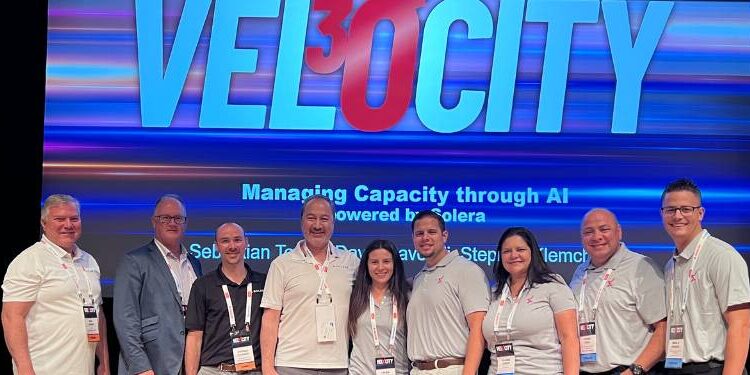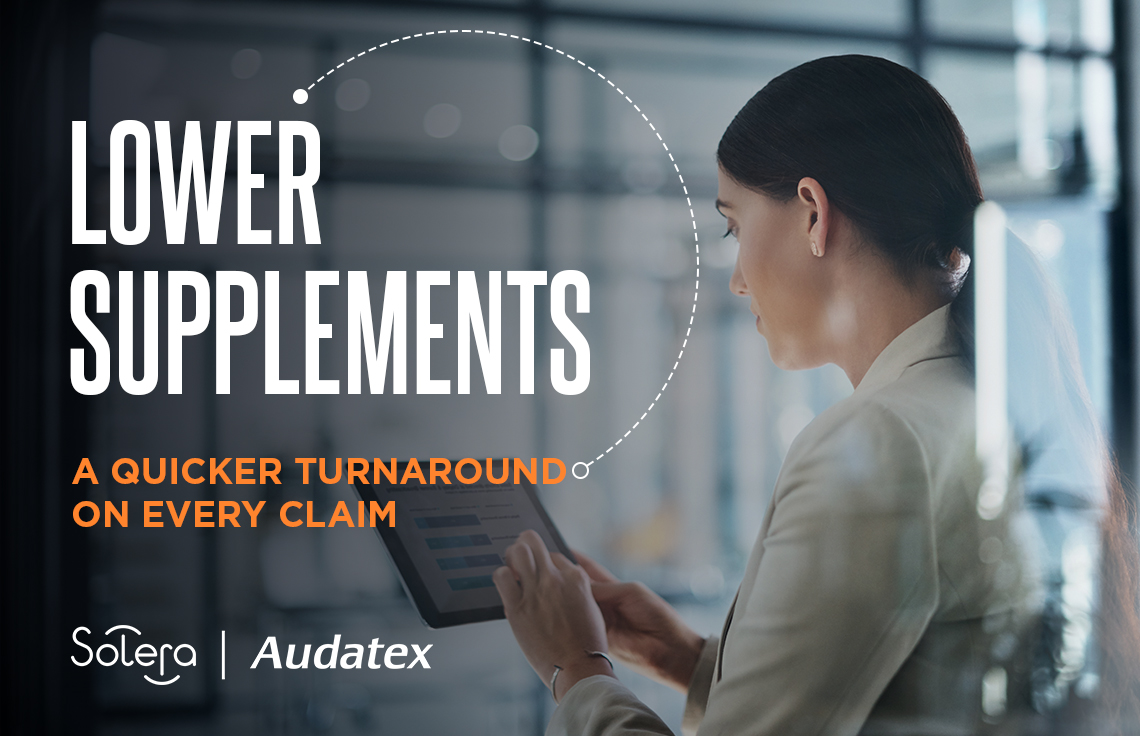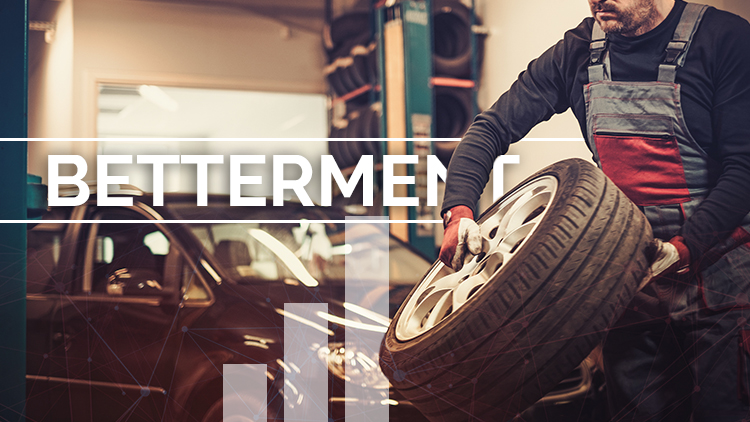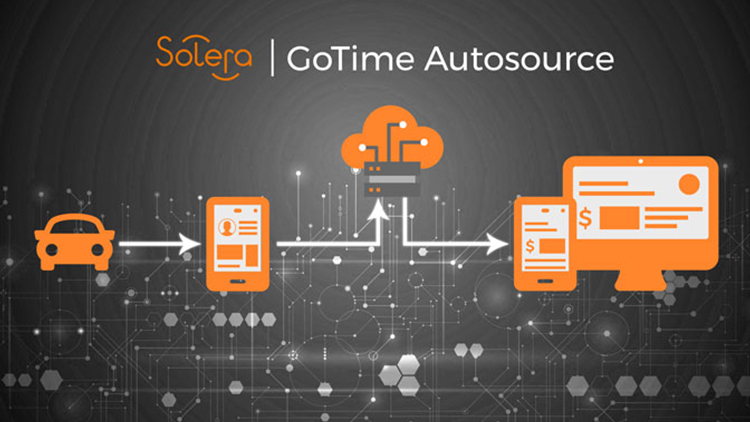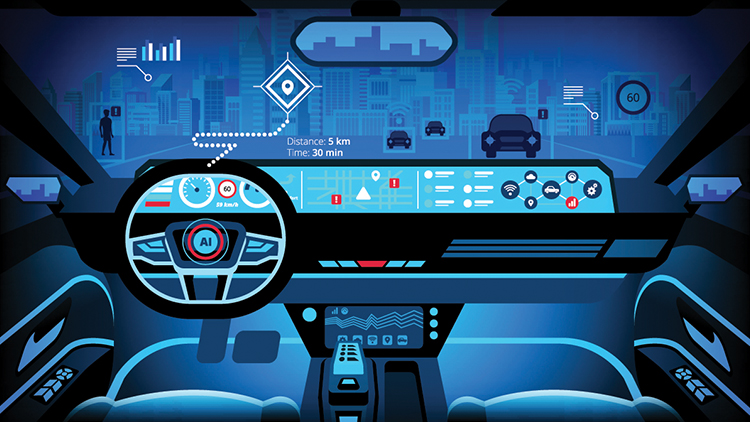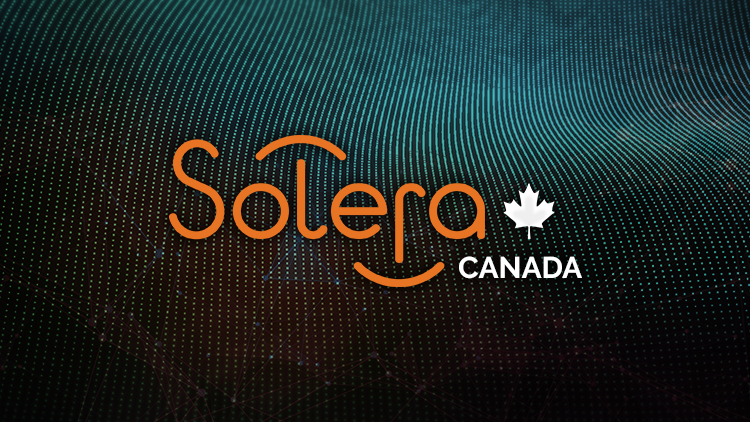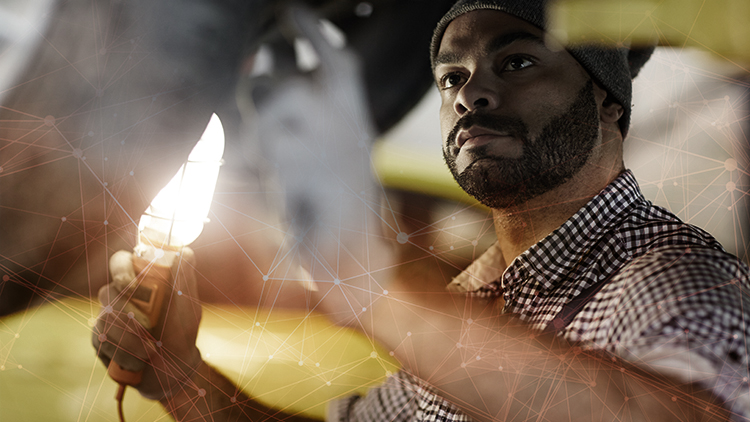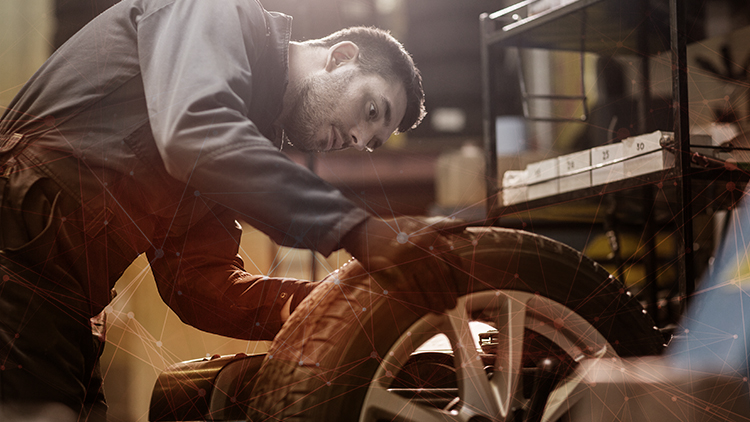By Collision Repair Magazine July 15, 2024 In recent months, CARSTAR Torcam owner and general manager Sebastian Torres has implemented Solera’s AI-powered automated damage detection technology to manage capacity levels. In January, Torres’ Brantford store was about four to six weeks backlogged. By June, backlogs were down to one to[…]
AI Empowered Capacity: MSO Sebastian Torres raves about Solera’s AI estimating, capacity planning at CARSTAR Velocity conference
